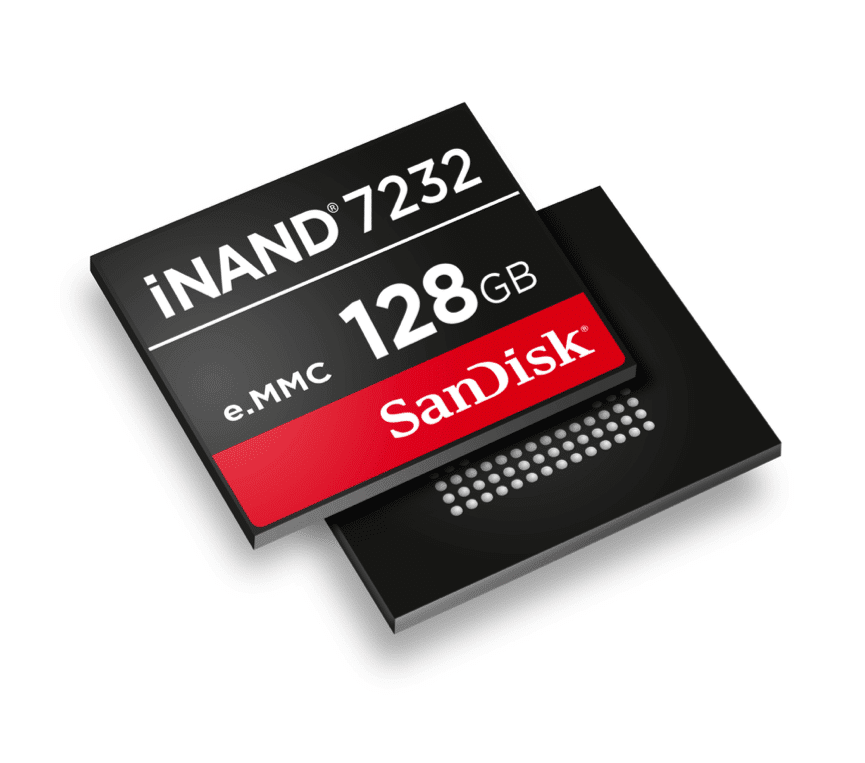When anyone talks about memory, the first thing that usually gets mentioned is the capacity—it’s 16GB, 32GB, 64GB, 128GB and so on. No one really talks about sequential write speed. And yet from a performance point of view, it’s the sequential write speed that really makes good into great; especially when talking about imaging performance.
Data Issues
So what is sequential write speed? Well, when you have data that you need to write to a memory chip, it can arrive in small, medium or large packets or even as an almost continuous stream. How it arrives is totally dependent on the type of data you are trying to save.
If we break it down to the simplest idea, there are two types of write speed that memory exhibits—firstly there is burst write speed. The burst write speed is more concerned with how the memory writes data that arrives as a packet rather than a stream. This would be applicable for uses such as single JPEG image shooting, where each image could be considered as one packet of data.
The second is the sequential write speed—this is more important in situations where either the data to be written is very large—such as RAW image capture or 4K UltraHD video shooting. In these situations the data arrives either as very large packets, a continuous stream or a series of smaller packets that appears like a stream.
The Price of Slow
If the memory has a slow sequential write speed, then when shooting high resolution RAW still images, the phone will slow down, pause and become unresponsive thereby providing a poor user experience. When shooting video, the results can be even worse, because it can result in dropped frames that make the video appear to be stuttering and stalling during playback, effectively rendering the captured content almost unusable.
Of course if this is the likely outcome, then from a manufacturing point of view it is pointless to include features such as RAW image capture and 4K video recording, because consumers will have a bad experience and simply not utilise them. Given the growth in mobile imaging, these features are becoming ever more crucial, so ensuring the sequential write speed is sufficient for the feature set required in the device is a key decision that must be taken early on in the design process.
 For sequential write speed, SanDisk iNAND 7232 provides up to 150MB/sec (1.2Gbps) of sequential write given more than enough data bandwidth for RAW burst imaging and 4K video shooting. With capacities up to 128GB, it also provides the data space to store the ever increasing amount of data captured and stored on today’s mobile devices.
For sequential write speed, SanDisk iNAND 7232 provides up to 150MB/sec (1.2Gbps) of sequential write given more than enough data bandwidth for RAW burst imaging and 4K video shooting. With capacities up to 128GB, it also provides the data space to store the ever increasing amount of data captured and stored on today’s mobile devices.



